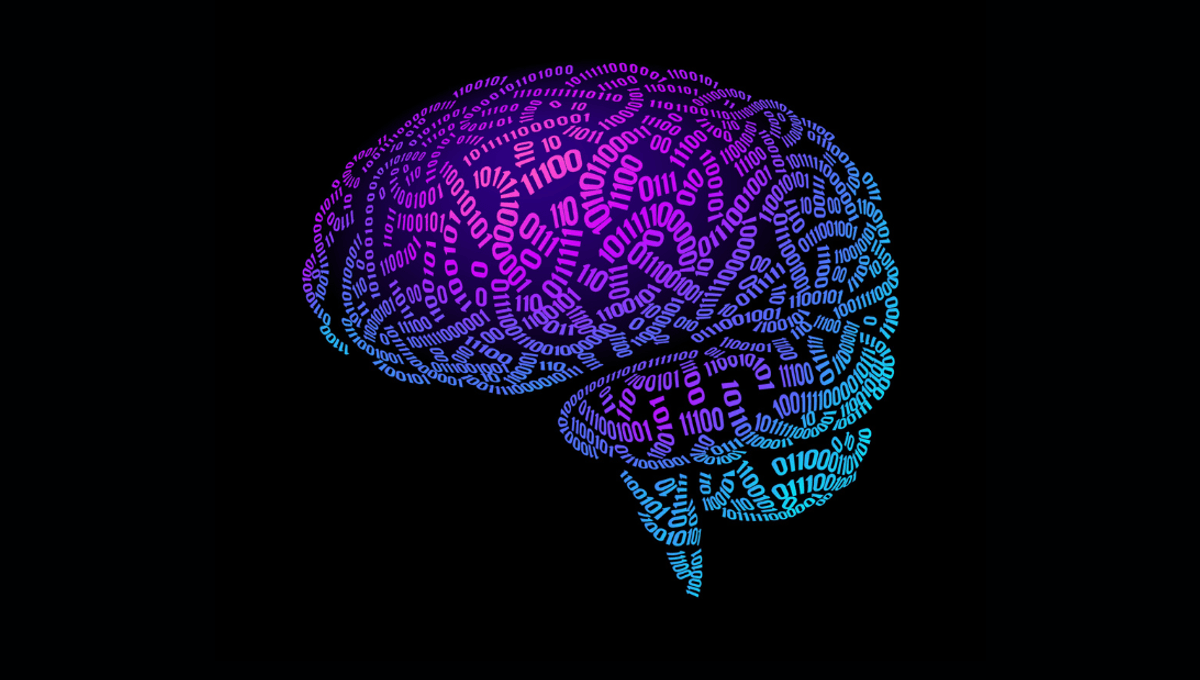
Complex problems often require creative solutions, and the increasing global burden of Alzheimer’s disease certainly qualifies as a complex problem. Few diseases so capture the public’s attention, and few spark as much fear. Yet those not spending every day closely following this research might be surprised to learn how much debate still rages over its causes and the best approaches to treatment. Earlier this year, we wrote about a bold new theory that had been proposed in a preprint; now, after peer review, the study has been published.
“It’s excellent to see the paper published and the resubmission/revision peer review process improved it considerably,” senior author Dr Ben Goult, Professor of Mechanistic Cell Biology at the University of Liverpool, told IFLScience.
Back in March, Goult spoke to us about the study, which centers around a protein called talin. It has a peculiar ability to switch back and forth between two stable shapes. Goult and colleagues had previously proposed that this ability might be leveraged in the brain in the same way that a mechanical computer uses binary switches, allowing memories to be stored like a series of “0s” and “1s”.
Talin’s shapeshifting properties also resulted in a collaboration between Goult and some chemist colleagues, who recognized that the protein’s ability to fold and unfold could lend itself well to shock absorption. The first study on a talin-based hydrogel, led by then-PhD student Jack Doolan, was published in Nature Nanotechnology last year.
But back to the brain. All that work on memory, plus further experimental findings, led Goult and colleagues to start to consider the potential role of talin in memory loss, such as that experienced by Alzheimer’s disease patients.
We are very excited by the work which we think will be quite controversial and disruptive but identifies new directions for Alzheimer’s research to focus on.
Professor Ben Goult
In collaboration with a group who were systematically searching for proteins that might interact with a key Alzheimer’s protein called the amyloid precursor protein (APP), they discovered that talin basically ticked all the boxes.
Talin “has just about the biggest effect on APP processing out of all proteins!” Goult told IFLScience.
The paper presents evidence that talin can directly bind to APP and suggests how this interaction could play a role in Alzheimer’s.
Correct processing of APP is essential to the healthy functioning of the brain – when this starts to go wrong, we see the buildup of plaques of misfolded amyloid-β protein that are one of the hallmarks of the disease.
The theory, as laid out in the new paper, is that APP may exist as a mesh that bridges the synapse (tiny gaps between nerve cells). This is also the site of the “binary code” of talin molecules that theoretically store some of our memories. If APP processing goes wrong, synaptic synchronicity breaks down and the binary code becomes corrupted, leading to memory loss.
We’re using the word “theory” a lot here, and that’s intentional. These ideas are novel, but the team believes they warrant further investigation. “We are very excited by the work which we think will be quite controversial and disruptive but identifies new directions for Alzheimer’s research to focus on,” Goult told IFLScience.
The team lay out six testable hypotheses in the paper to guide this future research – and they’re already getting started.
“The link between talin and APP also provides more evidence of a central role for talin and the mechanical memory machinery in the synapse. Our current research is focussed on testing whether cancer drugs that stabilise talin complexes in cells in culture alter APP processing in neurons,” said Goult.
“And our main research focus is on understanding talin’s role in coordinating synaptic function and in established neuronal memory processes like long term potentiation. 2025 will be very exciting.”
The study is published in the journal Open Biology.
Source Link: A Shapeshifting Protein Is Leading Alzheimer’s Disease Researchers Down A New Path